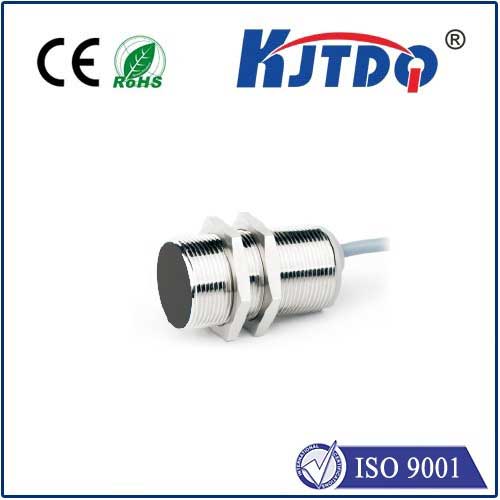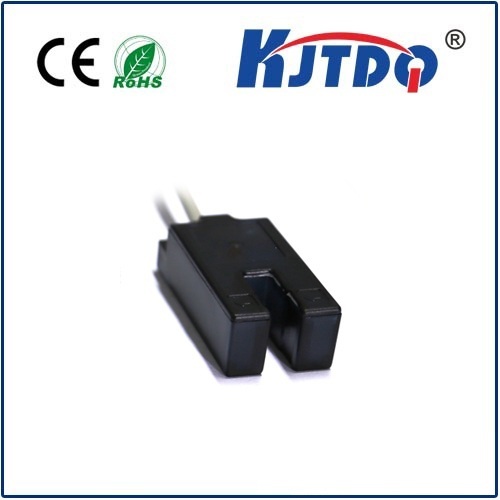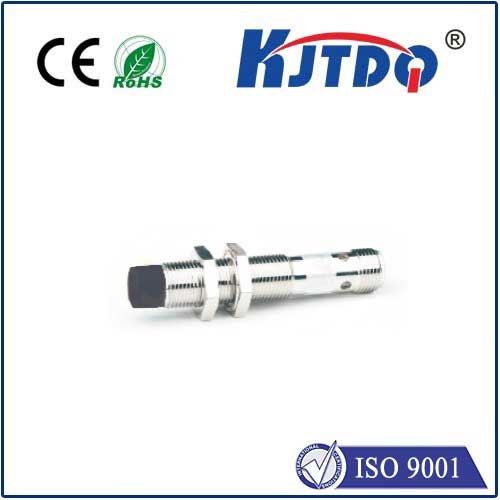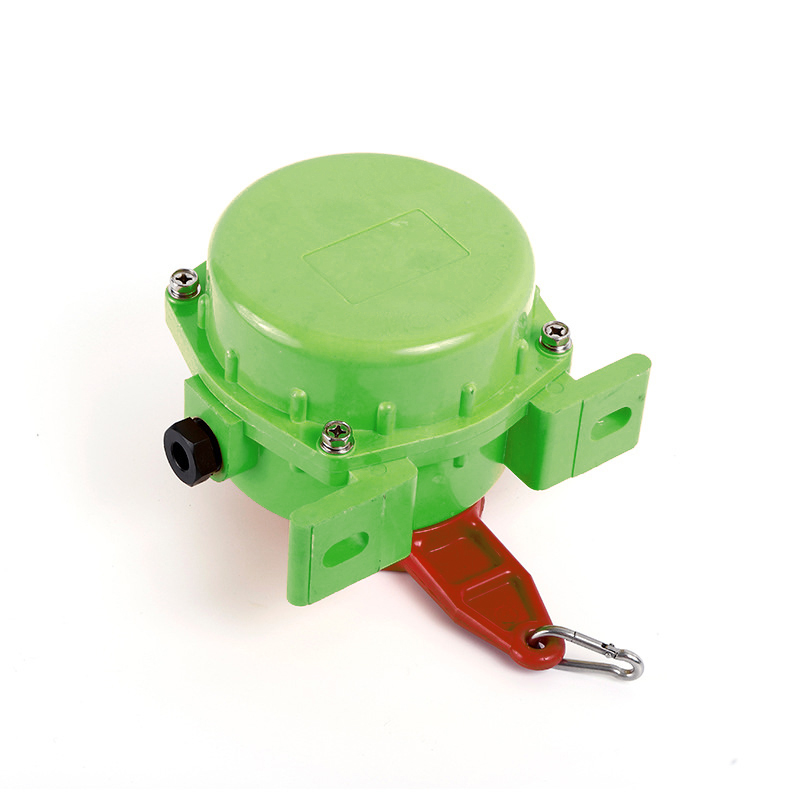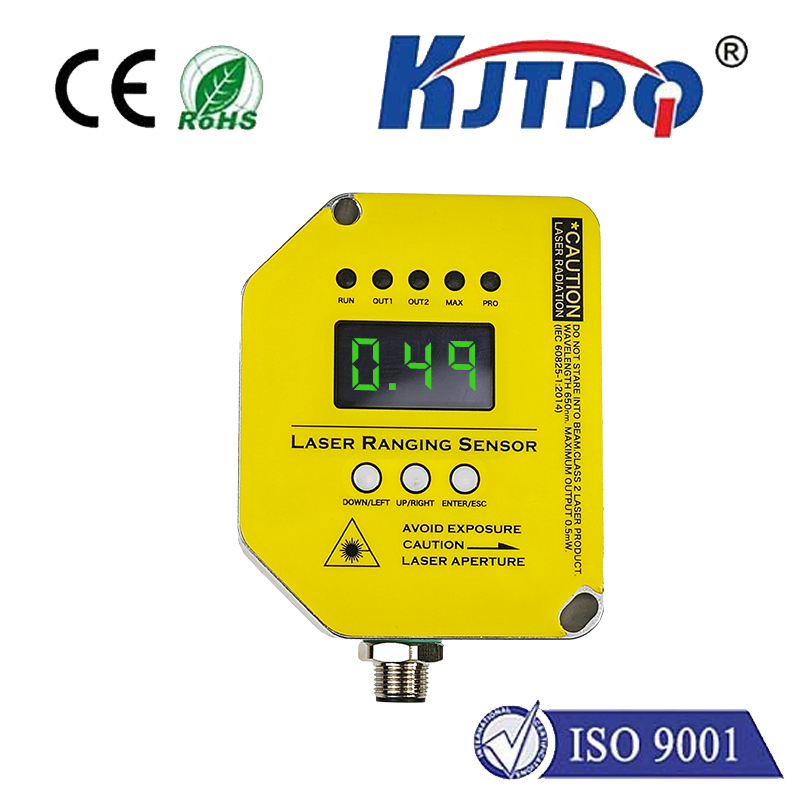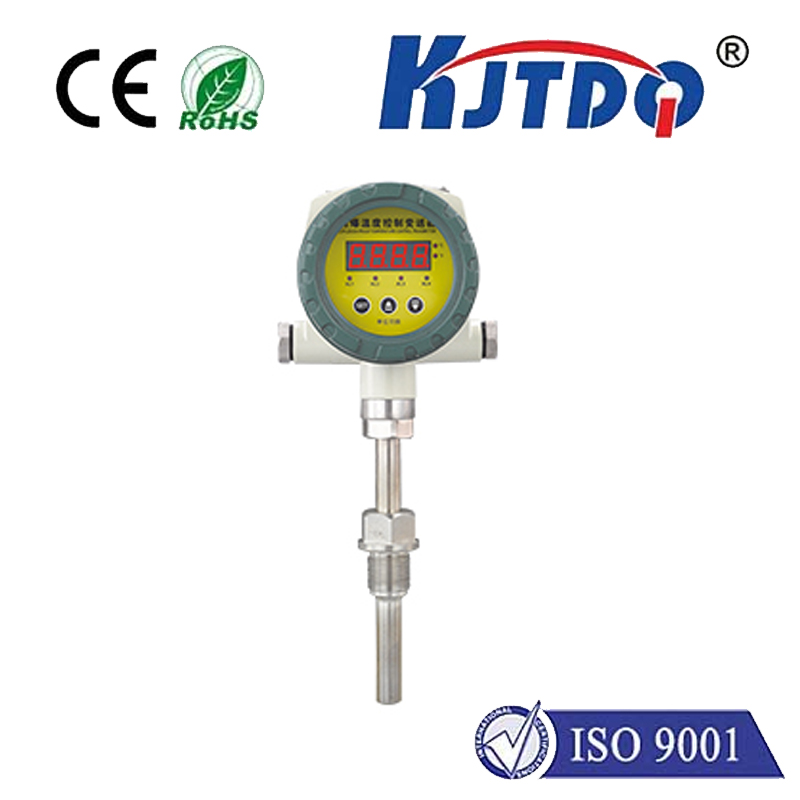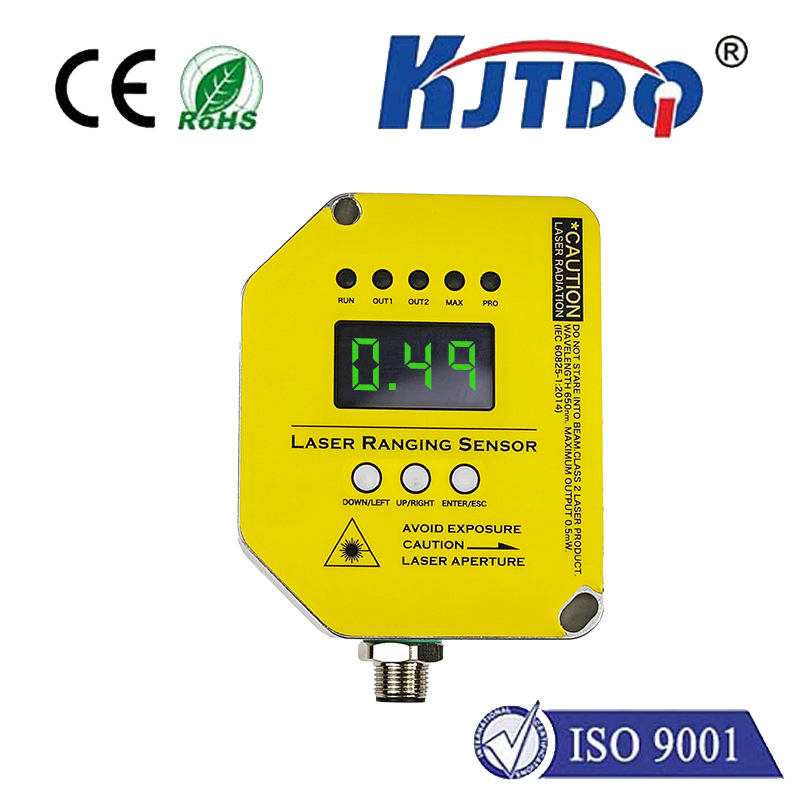optical fibre sensor
- time:2025-09-13 00:10:42
- Click:0
Optical Fibre Sensors: The Invisible Nervous System of the Modern World
Imagine a technology so sensitive it can detect the slightest strain in a bridge kilometres long, monitor the temperature deep within a power transformer without physical contact, or “hear” the faint sounds of encroaching pipeline leaks. This isn’t science fiction; it’s the remarkable reality enabled by optical fibre sensors (OFS). Far surpassing their role in telecommunications, these innovative devices are transforming industries by turning ordinary optical fibres into distributed sensory networks, providing unparalleled insights where traditional sensors struggle.
Beyond Light Pipes: How Optical Fibre Sensors Work
At their core, optical fibre sensors exploit light’s journey through a hair-thin strand of glass or plastic. Unlike communication fibres designed to transmit signals unchanged, optical fibre sensors are engineered to be interrogated. They deliberately modulate light properties (intensity, wavelength, phase, or polarization) based on specific environmental stimuli. This modulation, measured at the fibre’s end or along its length, reveals precise information about parameters like temperature, strain, pressure, vibration, acoustic signals, or chemical composition.
- The Core Advantage: Key to their success is immunity to electromagnetic interference (EMI). Operating purely with light, optical fibre sensors excel in electrically noisy environments like power plants, near heavy machinery, or alongside high-voltage cables where conventional electronic sensors falter.
- Multiplexing Power: Perhaps the most revolutionary aspect is distributed sensing. Advanced techniques allow a single fibre strand to act as thousands of individual sensors along its entire length. This provides continuous, real-time monitoring over vast distances – kilometres, not metres – offering unprecedented spatial resolution for applications like pipeline security or perimeter monitoring.
Key Technologies: Illuminating Different Paths

The optical fibre sensing landscape features several prominent technologies, each suited to specific challenges:
- Fibre Bragg Grating (FBG) Sensors: These involve creating periodic variations in the fibre core’s refractive index. FBGs act as wavelength-specific mirrors. When the fibre experiences strain or temperature changes, the reflected wavelength shifts. This shift is measured precisely, providing highly accurate point measurements. FBG sensors are dominant in structural health monitoring (bridges, dams, wind turbines) and composite material testing.
- Distributed Sensing (DTS/DSS/DAS): This category delivers continuous measurement along the entire fibre:
- Distributed Temperature Sensing (DTS): Based on Raman or Brillouin scattering, measuring temperature profiles over many kilometres. Vital for power cable monitoring, fire detection in tunnels, and oil/gas wellbore surveillance.
- Distributed Strain Sensing (DSS): Often using Brillouin scattering, detecting strain changes along pipelines, geotechnical structures, or aircraft wings.
- Distributed Acoustic Sensing (DAS): Transforms the fibre into a continuous microphone by analysing Rayleigh backscatter. Revolutionizing pipeline leak detection, perimeter intrusion detection, seismic monitoring, and traffic flow analysis. The ability to “listen” through light is truly groundbreaking.
- Intrinsic Fabry-Perot Interferometric (IFPI) Sensors: These create miniature cavities within the fibre. Changes in the cavity length (due to pressure or strain) alter the interference pattern of light passing through it, providing sensitive point measurements often used for pressure or strain in harsh environments.
- Extrinsic Sensors: Here, the fibre transmits light to and from an external sensing element that interacts with the environment, modulating the light signal. These are common in chemical sensing or specific biomedical applications.
Transforming Industries: Where Light Creates Value
The unique capabilities of optical fibre sensors are driving innovation across numerous sectors:
- Energy: Monitoring temperature along power transmission cables (DTS), detecting leaks and third-party interference on pipelines (DAS), and providing downhole pressure/temperature data in oil and gas wells for optimized extraction and safety.
- Civil Engineering & Infrastructure: Structural Health Monitoring (SHM) is a major application. Continuous monitoring of bridges, dams, tunnels, and buildings using FBGs or distributed sensors provides early warning of strain, deformation, or corrosion, enabling predictive maintenance and enhancing public safety.
- Transportation: Monitoring strain and vibration in aircraft wings, composite fuselages, railway tracks, and train wheels. Distributed Acoustic Sensing tracks vehicle movement on roads and detects rail track defects.
- Industrial Process Control: Measuring temperature profiles in reactors, kilns, and furnaces (DTS), detecting hotspots in transformers, and monitoring strain in critical machinery components. Their EMI immunity is crucial here.
- Environmental & Geotechnical: Detecting landslides, monitoring dam and levee integrity, measuring ground movement, and tracking subsurface temperature changes. Distributed sensors provide the large-scale coverage needed.
- Security & Defence: Creating highly sensitive, invisible perimeters for intrusion detection (DAS), detecting underwater threats, and monitoring fences or borders over long distances.
- Medical & Biotechnology: Emerging applications include minimally invasive catheters for internal pressure/temperature measurement, biosensors, and lab-on-a-chip devices utilizing specialized fibre optic probes.
Choosing the Right Tool: Considerations
Selecting the optimal optical fibre sensor technology involves careful evaluation:
- Parameter to Measure: Temperature, strain, vibration, acoustic, chemical?
- Required Resolution: How precise does the measurement need to be?
- Spatial Needs: Point measurement (FBG, IFPI) or continuous profile along kilometres (DTS, DSS, DAS)?
- Measurement Range: What are the expected minimum and maximum values?
- Environment: Temperature extremes, chemical exposure, electromagnetic noise, physical stress?
- Cost vs. Value: While installation can be significant, the long-term benefits of reduced downtime, improved safety, and predictive maintenance often deliver substantial ROI.
The Future is Bright: Emerging Trends
Optical fibre sensing is a dynamic field. Key advancements on the horizon include:
- Enhanced Sensitivity & Range: Continuous improvements in light sources, detection methods, and signal processing algorithms.
- Multiparameter Sensing: Developing fibres capable of simultaneously measuring multiple parameters (e.g., temperature and strain) more effectively along the same strand.
- Miniaturization & Novel Materials: Creating smaller, more flexible sensors and utilizing specialized fibres (plastic optical fibre - POF, photonic crystal fibre - PCF) for unique applications.
- Cost Reduction: Wider adoption and manufacturing advances driving down costs, particularly for distributed systems.
- Integration with AI and IoT: Leveraging artificial intelligence to interpret vast amounts of distributed sensing data for predictive analytics and seamless integration into broader Industrial Internet of Things (IIoT) platforms. The synergy of OFS data and AI promises unprecedented levels of system intelligence and automation.
From safeguarding critical infrastructure to unlocking deep Earth insights, optical fibre sensors are fundamentally reshaping how we monitor and interact with the physical world. Their unique blend of sensitivity, durability, scalability, and immunity to interference makes them an indispensable tool for building smarter, safer, and more efficient systems across the globe. As the technology continues to evolve and integrate with digital platforms, its reach and impact will only grow brighter.






